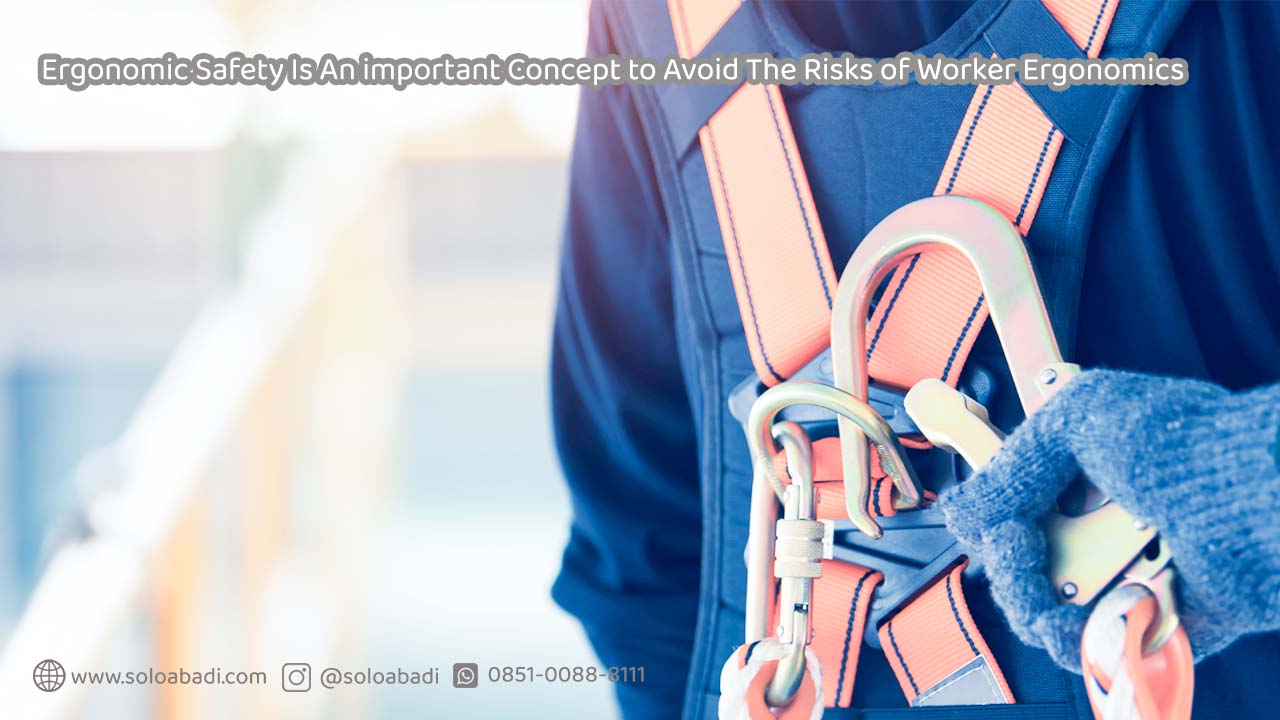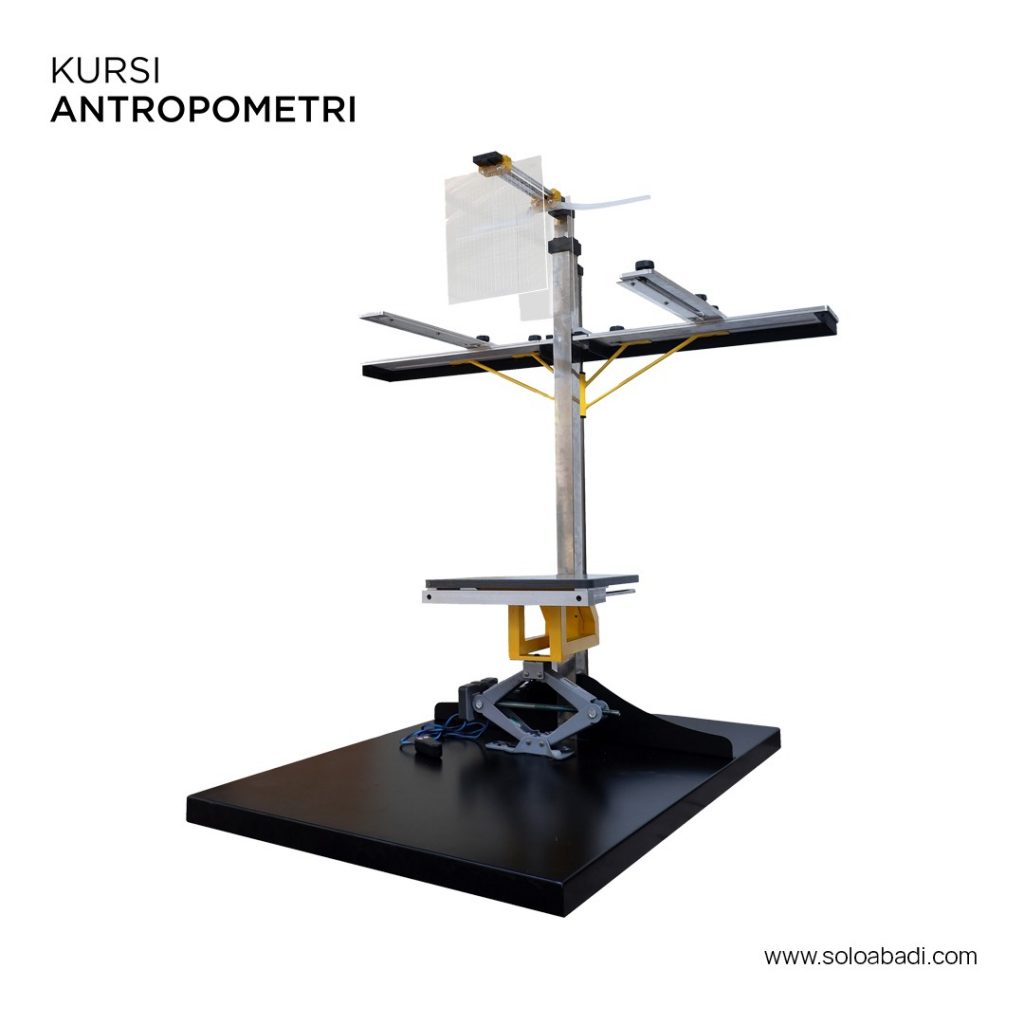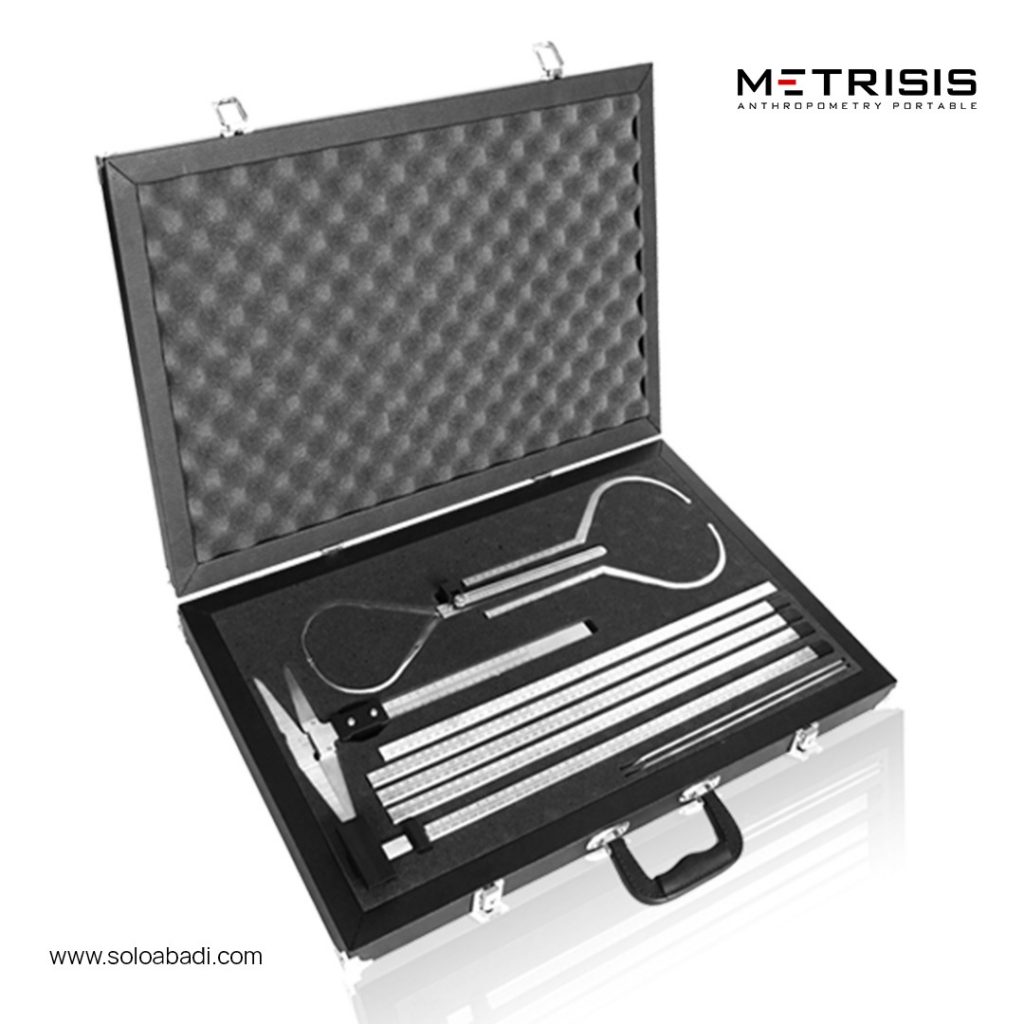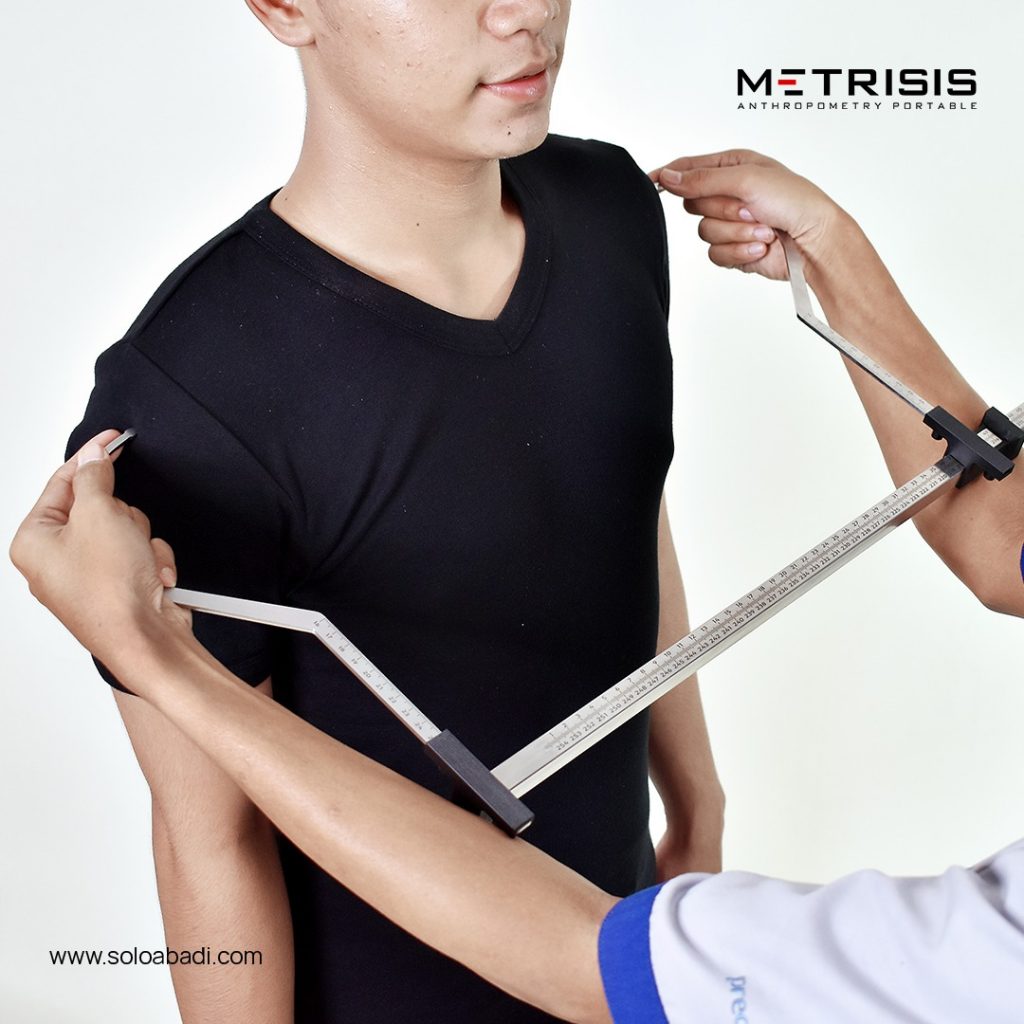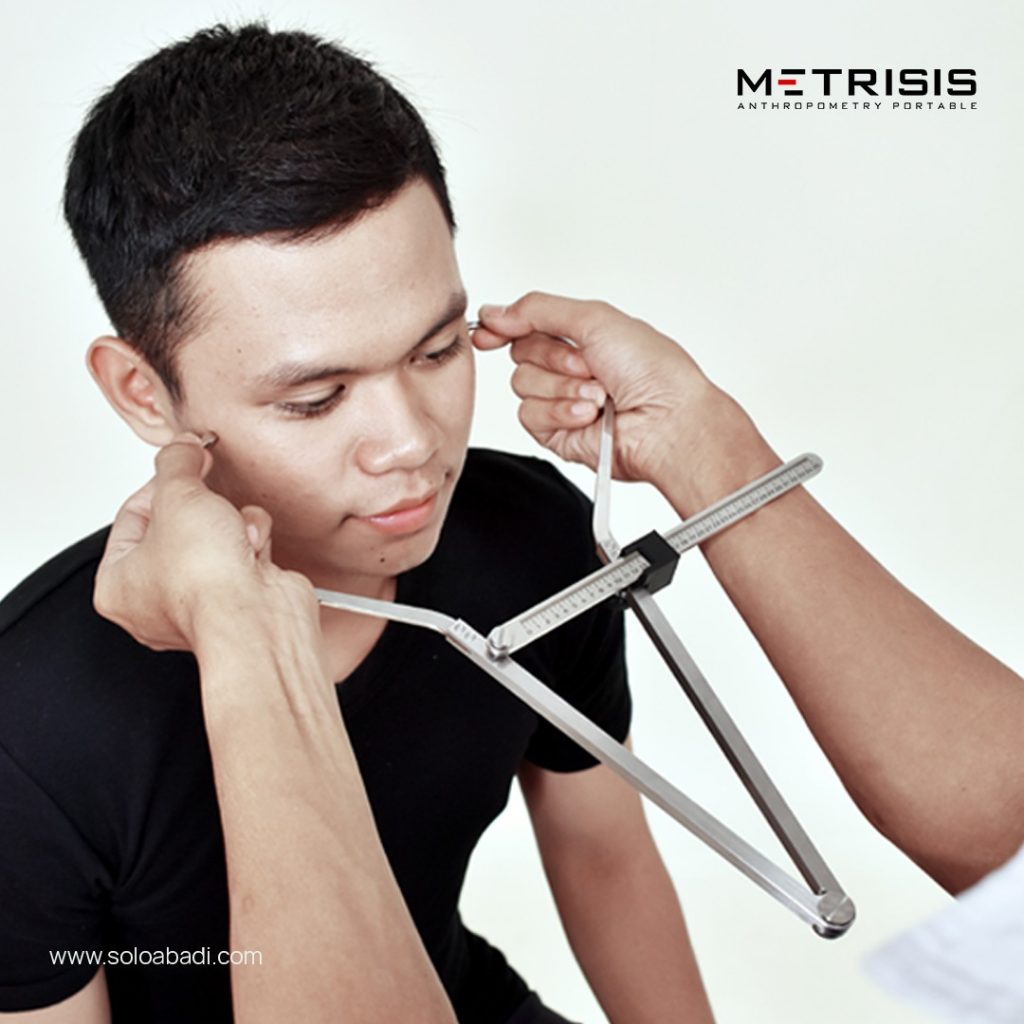Ergonomic safety is an important concept to avoid the risk of worker ergonomics. Why is that? At work, of course, prioritizing K3 aspects, namely occupational health and safety. This is in order to create a safe, healthy work environment, and avoid work accidents. So as to increase work efficiency and productivity.
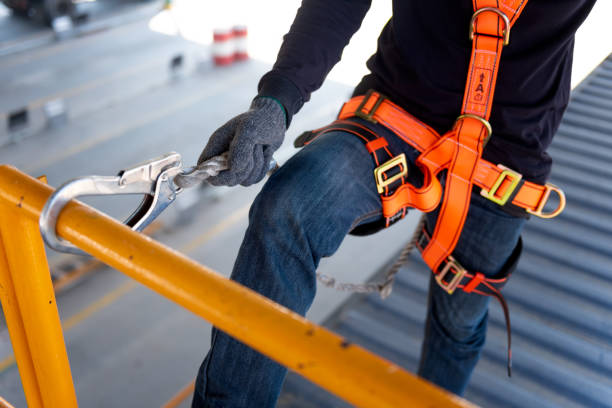
Thus, ergonomic safety here has an important role. What exactly is ergonomic safety? And what are its scopes? Check out the details in the following article.
Read More: Understanding ‘Ergonomic Stress’ in Work! The Problems and Solutions.
Get to Know About Ergonomic Safety
Ergonomics is a science that harmonizes work equipment with the motion of human activities. Ergonomics serves to apply, balance, and harmonize between all work facilities used by humans. This creates convenience to increase worker productivity.
If the equipment designed is not suitable for the motion of human activities, it can cause injury or work hazards. That way it is necessary to have K3, namely occupational health and safety. K3 is a science that is applied to prevent the possibility of accidents and diseases in the work environment.
Between ergonomics and K3 is very important. Then it can be called ergonomic safety. Safety which in English is defined as safety. Reporting to the National Association of Safety Professionals (NASP), ergonomic safety is the optimization between the system and work equipment to maintain worker safety and health.
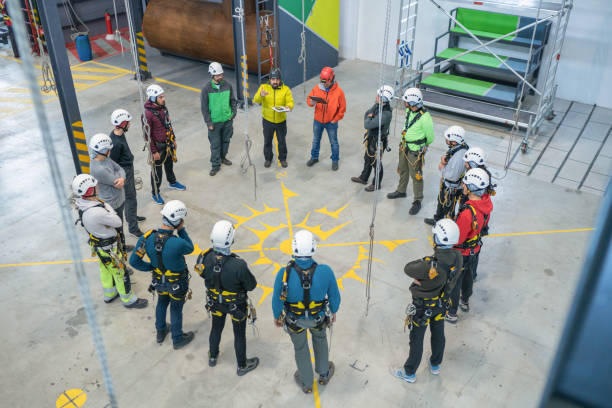
An example of the application of safety ergonomics is the use of worker chairs. If this designed chair is not adjusted to the motion of workers can cause injury. One of which is low back pain. Safety ergonomics are applied to prevent such injuries. In its application, safety ergonomics has the aim of designing, modifying, and improving work.
Read More: What is Ergonomic Hazard? Check out Example of Ergonomic Hazard Here!
Risks of Worker Ergonomics
Ergonomics relates to all work systems and equipment used. Occupational safety is an opportunity to reduce musculoskeletal disorders (MSDs) to keep work south. That way ergonomic safety considers several ergonomic risk factors, including:

- Musculoskeletal disorders (MSDs) are injuries that affect bones, joints, ligaments, tendons, and several other muscle parts.
- Carpal tunnel syndrome is an injury that occurs to the wrist nerve of the hand.
- Muscle strain is an injury that causes muscle pain, including the neck and between the shoulders.
- Rotator cuff injuries are injuries that occur around the shoulder, muscles, and tendons.
- Lower back injuries from lifting heavy objects or sitting in the same position all day.
- Eye strain is pressure on the eyes due to staring at a computer screen or electronic device for a long time.
Applying Safety Ergonomics in Work
In improving worker safety, it is necessary to identify work hazards. So this is where the role of ergonomics in design and safety, including work risks. For this reason, here is the application of safety ergonomics in work:
1. Repair and redesign workstations
The first is to improve the work system including work equipment, work facilities, and work styles. This can include redesigning the layout of the workspace and adapting work equipment to worker activities. In addition, there are several steps that can be done by yourself, including:
- Redesign tools and fixtures accordingly.
- Avoid eye strain by reducing prolonged screen staring.
- Work closely with a comfortable posture to reduce body pain.
- Reduce repetitive movements.
- Keep the workspace clean.
2. Optimize tasks related to physical
The risk of dangerous work is working with physical directly, such as lifting heavy objects every day. To reduce this, the steps that can be done are as follows:
- Know your abilities and maintain boundaries.
- Follow proper lifting procedures to prevent muscle injury.
- Design and store materials ergonomically.
- Provide mechanical aids to help make lifting easier.

3. Implement managerial ergonomics strategies
Focus on worker safety and comfort by implementing several policies, including:
- Proactively identify problems, such as inviting workers to discuss and share about the work environment to create an ergonomic environment.
- Provide clear guidelines, training, and resources so that workers can apply K3 on the job.
- Scheduling staff is done to avoid repetitive worker tasks so as to reduce work stress.
- Evaluate progress periodically to improve worker performance.
Anthropometric Tools Available to Apply Safety Ergonomics
In applying the compatibility between the work system and worker activities, a definite measure is needed called anthropometry. Anthropometry is an instrument to measure the dimensions of the human body which is used to adjust the design of work tools to create comfort while working.
Here we recommend anthropometric tools to support the application of safety ergonomics. Is an anthropometric chair and complete set series.
Anthropometric Chair
An anthropometric chair is a measuring instrument used to measure the dimensions of the human body up to 34 measurements. Can reach measurements in sitting, standing, to the face area. Made of stainless steel material that is strong and comfortable when used. For details regarding this tool, you can contact us via WhatsApp. You can also fill in the ASK FOR PRICE link to get the best price quote from us.
Complete Set Series
The Anthropometry Set Series is a derivative of the Anthropometric Chair in the portable version. Equipped with a storage suitcase, this tool is easy to carry anywhere. This tool is a complete laboratory measurement package because it includes an Anthropometer, a Large Spreading Caliper, and a Small Spreading Caliper. For details regarding this tool, you can contact us via WhatsApp. You can also fill in ASK FOR PRICE to get a quote.

